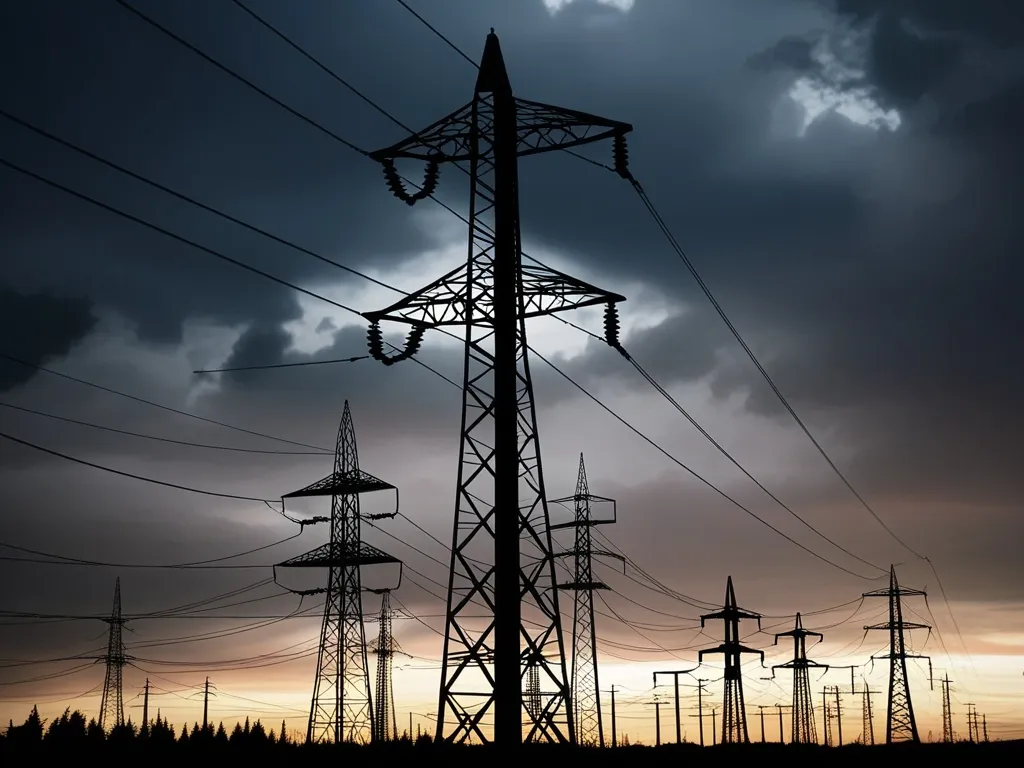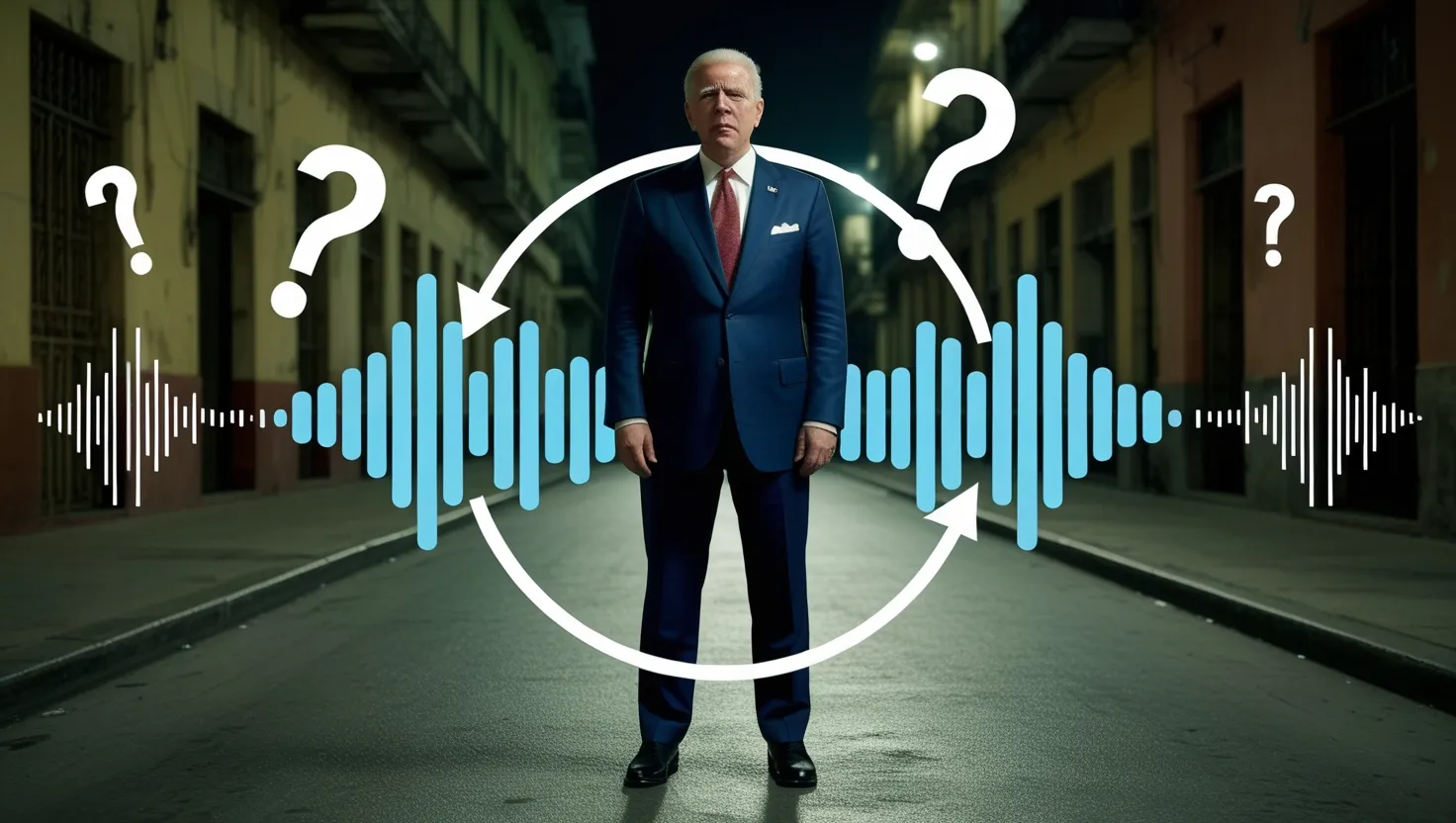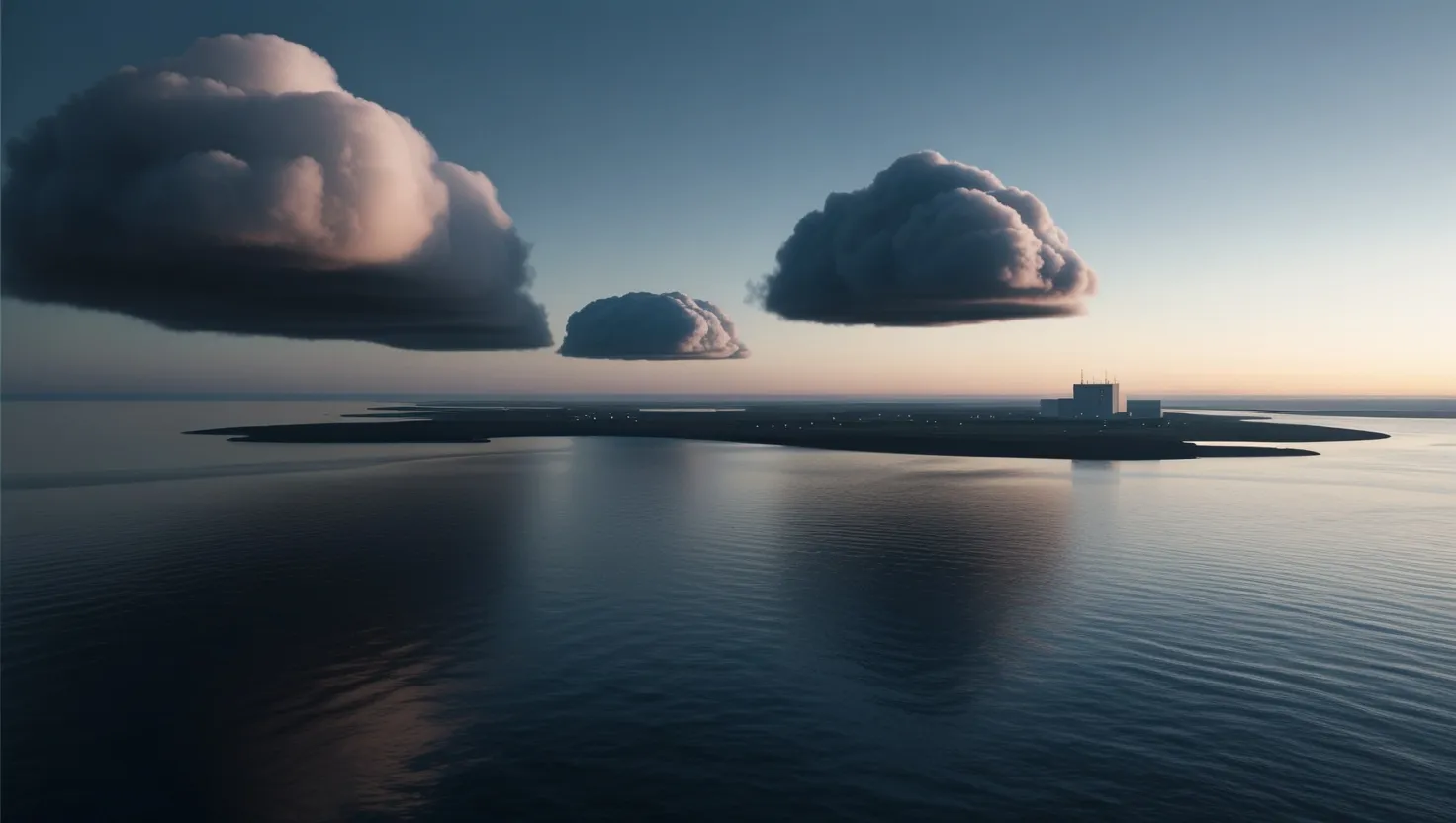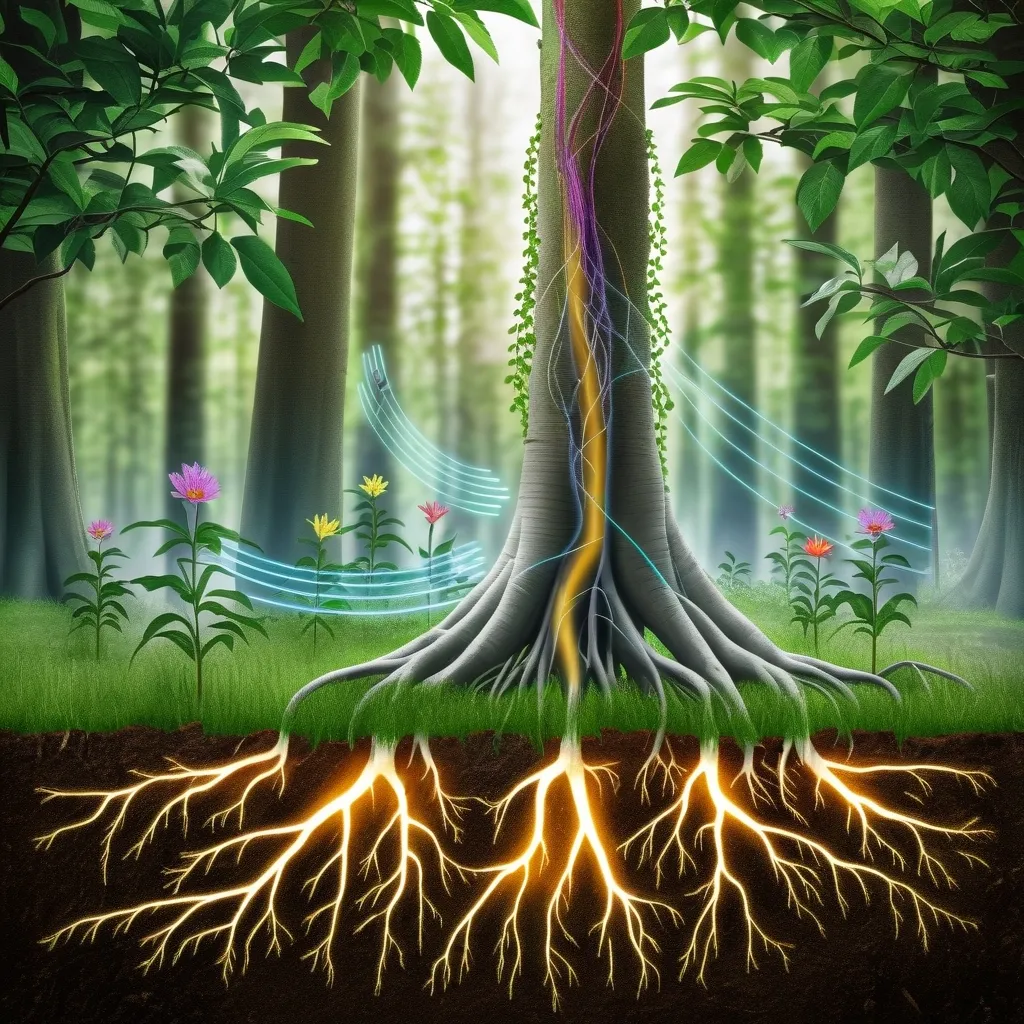As I stand in my backyard, gazing up at the towering power lines and the hum of the transformers, I often find myself wondering what lies beyond the obvious. The world’s reliance on vast energy networks has sparked a myriad of conspiracy theories, each more intriguing than the last. Could our energy grids be more than just a complex system of electricity distribution? Is there a clandestine purpose lurking in the buzzing hum of our power networks, or are these tales merely the product of an overactive imagination?
Let’s start with one of the most persistent conspiracy theories: the idea that governments and corporations are suppressing free energy technologies. Proponents of this theory claim that devices capable of generating unlimited, pollution-free energy have been developed but are being kept under wraps by powerful interests. Names like Nikola Tesla and Stanley Meyer are often cited, with claims that their innovative work was either suppressed or stolen.
For instance, Tesla’s Wardenclyffe Tower project, intended to transmit energy wirelessly, is often misinterpreted as a device that could generate unlimited energy for free. However, the reality is that Tesla’s system was designed to transmit energy, not generate it, and it still required conventional energy sources. Despite this, the legend of Tesla’s suppressed technology continues to fuel speculation about hidden energy solutions.
Another layer to this conspiracy involves the alleged suppression of research into alternative energy sources. Some believe that the scientific community, under pressure from fossil fuel and nuclear industries, has controlled and suppressed research into these alternatives through peer review and academic pressure. While these claims are largely unfounded, they highlight a deep-seated distrust in the current energy establishment.
Moving from the realm of energy suppression to more sinister plots, there’s a growing concern about attacks on energy infrastructure by extremist groups. In recent years, federal authorities have foiled several plots by white supremacist organizations aimed at disrupting the power grid. These groups, driven by an ideology known as “accelerationism,” believe that causing widespread chaos and economic distress will pave the way for a new societal order.
One notable case involved a group of neo-Nazis who planned to take down a critical substation in North Carolina using firearms and explosives. Their goal was to create general chaos and provide cover for other operations, including assassinations. This plot, like several others, was intercepted by law enforcement, but it underscores the vulnerability of our energy infrastructure to malicious attacks.
The vulnerability of the power grid is not just a theoretical concern; it has been demonstrated in real-world incidents. For example, in 2003, a cascading failure triggered by tree branches touching power lines in Ohio led to the most widespread blackout in North American history. This incident highlighted how fragile our energy networks can be and how easily they can be disrupted, whether by natural events or intentional sabotage.
But what about the more esoteric theories? Some speculate that energy grids could be used for secret communications or even as part of a larger surveillance network. While these ideas might seem far-fetched, they are rooted in a historical context where governments have indeed used various technologies for covert purposes.
For instance, the concept of using energy infrastructure for surveillance is not entirely new. In the past, there have been experiments with using power lines for communication, a technique known as power line communication (PLC). However, these systems are designed for utility management and smart grid operations, not for clandestine surveillance.
Despite the lack of concrete evidence supporting these more exotic theories, they reflect a broader distrust in the transparency of our energy systems. As we become more dependent on these networks, the desire to understand what lies beneath the surface grows. It’s a mix of curiosity and fear that drives these speculations.
In the case of the U.S. power grid, there have been false claims circulating about government actions that supposedly compromise national security. For example, the false narrative that President Joe Biden gave China control of the U.S. power grid through an executive order has been thoroughly debunked. This order was actually a temporary suspension of previous regulations to evaluate and review them, not a handover of control to any foreign entity.
As I delve deeper into these theories, I realize that the truth often lies in a gray area between fact and fiction. While there is no concrete evidence to support the more sensational claims, there are real vulnerabilities and genuine concerns about our energy infrastructure.
The rise in attacks on energy substations, for instance, is a stark reminder of the real-world threats our power grids face. These attacks, whether driven by extremist ideologies or more mundane motives, highlight the need for enhanced security measures and public awareness.
In conclusion, the world of energy networks is complex and multifaceted, with layers of conspiracy theories and real-world vulnerabilities. As we continue to rely on these systems, it’s crucial to separate fact from fiction and address the genuine concerns that arise. Whether it’s the suppression of alternative energy technologies or the threat of extremist attacks, understanding the truth behind these stories is essential for building a more secure and transparent energy future.
So the next time you flip a light switch, remember that there’s more to the power grid than just the electricity it delivers. There are stories of innovation, suppression, and vulnerability, all woven into the fabric of our modern world. And as we navigate this intricate web, it’s up to us to uncover the truth and ensure that our energy networks serve us, rather than hiding secrets in the shadows.






